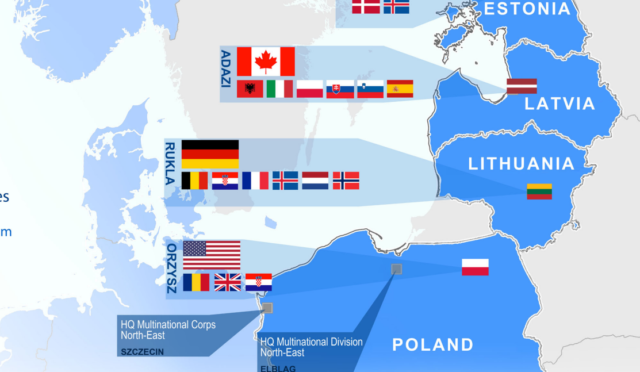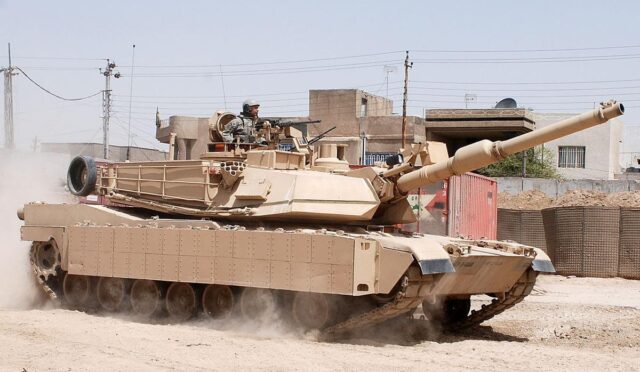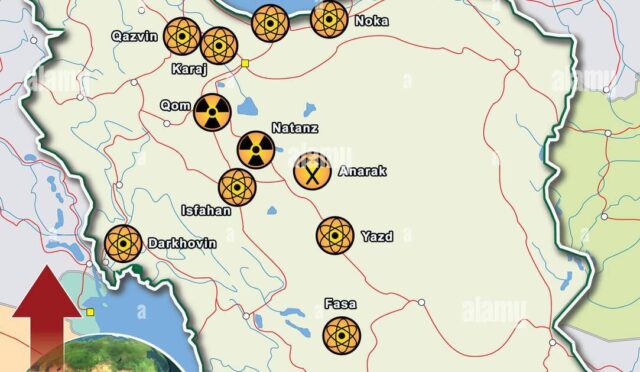Finland’s Civil Defense Shelters: A Model for Preparedness
Finland’s underground facilities, primarily swimming pools and recreational areas, have gained recognition as a proactive measure in enhancing civil defense readiness amid growing tensions in Europe, particularly following Russia’s invasion of Ukraine. Sharing a lengthy 1,340-kilometer border with Russia, Finland has developed an extensive network of civil defense shelters that play a crucial role in the country’s preparedness strategy. Initiated shortly before World War II, this network now includes over 50,500 shelters capable of accommodating approximately 4.8 million residents of the country, which has a population of 5.6 million.
Among these shelters is the Itakeskus swimming hall, an expansive facility carved into Helsinki’s granodiorite bedrock several meters underground. Visitors can enjoy a range of recreational activities, from swimming to relaxing in saunas. Notably, these pools can be converted into bomb-proof shelters within a 72-hour timeframe if necessary, exemplifying Finland’s commitment to dual-use public spaces.
A Dual-Purpose Strategy
Finland’s security framework is characterized by substantial investments in both military capabilities and civil preparedness. This robust strategy has attracted international attention, particularly in light of the security adaptations observed across Europe since the onset of the Ukraine conflict. Jarkko Hayrinen, a senior rescue officer at Finland’s interior ministry, elaborated on the importance of maintaining the shelters’ dual-use concept, ensuring they are equipped for both peacetime activities and wartime emergencies.
Hayrinen’s insights reflect a cultural mindset in Finland that prioritizes societal involvement in security matters. This ethos, underscored by the nation’s recent membership in NATO in 2023, positions civil defense shelters as tangible symbols of the government’s commitment to safeguarding its citizens in times of crisis.
Modern Facilities and High-Profile Visits
The Merihaka shelter, capable of housing 6,000 individuals, exemplifies the modernity and functionality of Finland’s civil defense infrastructure. Featuring an underground playground, multiple sports courts, and a gym, the facility is maintained in active use during everyday life. This maintenance, as noted by Hayrinen, ensures that the shelters remain ready for emergencies while also serving the community.
Recently, the Merihaka shelter has welcomed distinguished visitors, including Ukrainian President Volodymyr Zelensky and Denmark’s royal family, underscoring its significance as a center of preparedness and resilience in Finland.
A Historical Perspective on Civil Defense
Finland’s commitment to civil defense can be traced back to crucial legislation enacted in 1939, just before the start of the Winter War against the Soviet Union. This conflict highlighted the nation’s initial inadequacies in protecting civilians during wartime, emphasizing the need for comprehensive safety measures. As a result, Finland now boasts bomb shelters designed to offer protection for nearly all citizens, with the capital city, Helsinki, containing shelters capable of accommodating 900,000 individuals.
The shelters are engineered to withstand a variety of threats, including explosions and toxic substances, and are predominantly located in densely populated areas. These regulations ensure that any building exceeding a floor area of 1,200 square meters is required to have a bomb shelter, reflecting a serious approach to civilian safety.
Regional Familiarities and Shared Histories
Several countries share Finland’s proactive stance on civil defense, including Switzerland, Sweden, Norway, and Israel. According to Matti Pesu, a senior researcher at the Finnish Institute of International Affairs, these nations often possess similar traditions of neutrality or confront precarious strategic situations, which necessitates a robust approach to security.
In Finland, the compulsory military service for men and voluntary service for women equips the nation with a rapid deployment capacity, enabling the mobilization of around 280,000 soldiers and a total military reserve of about 900,000 individuals. This readiness was underscored by Finland’s recent announcement to increase national defense spending to at least three percent of its GDP by 2029, a response to the escalating security threats posed by Russia.







